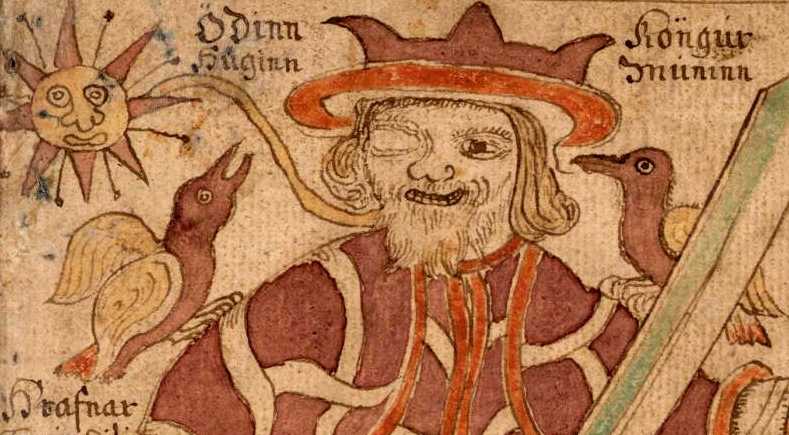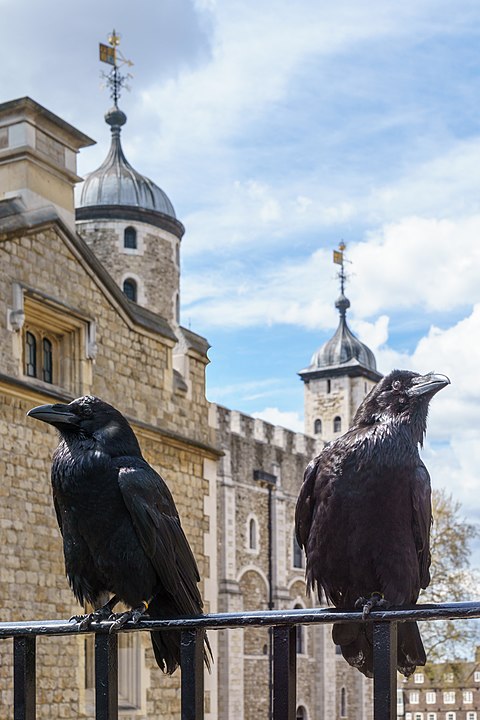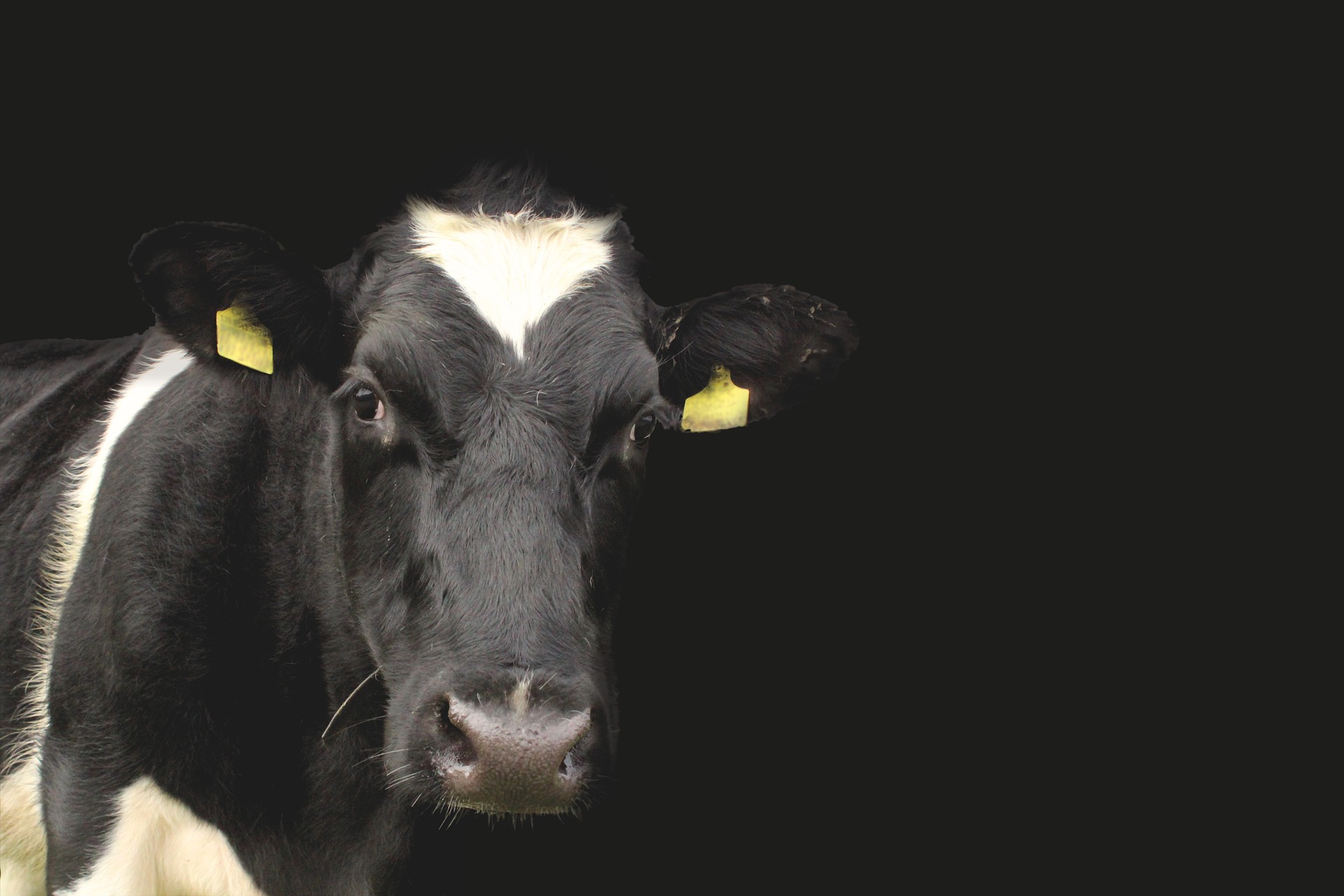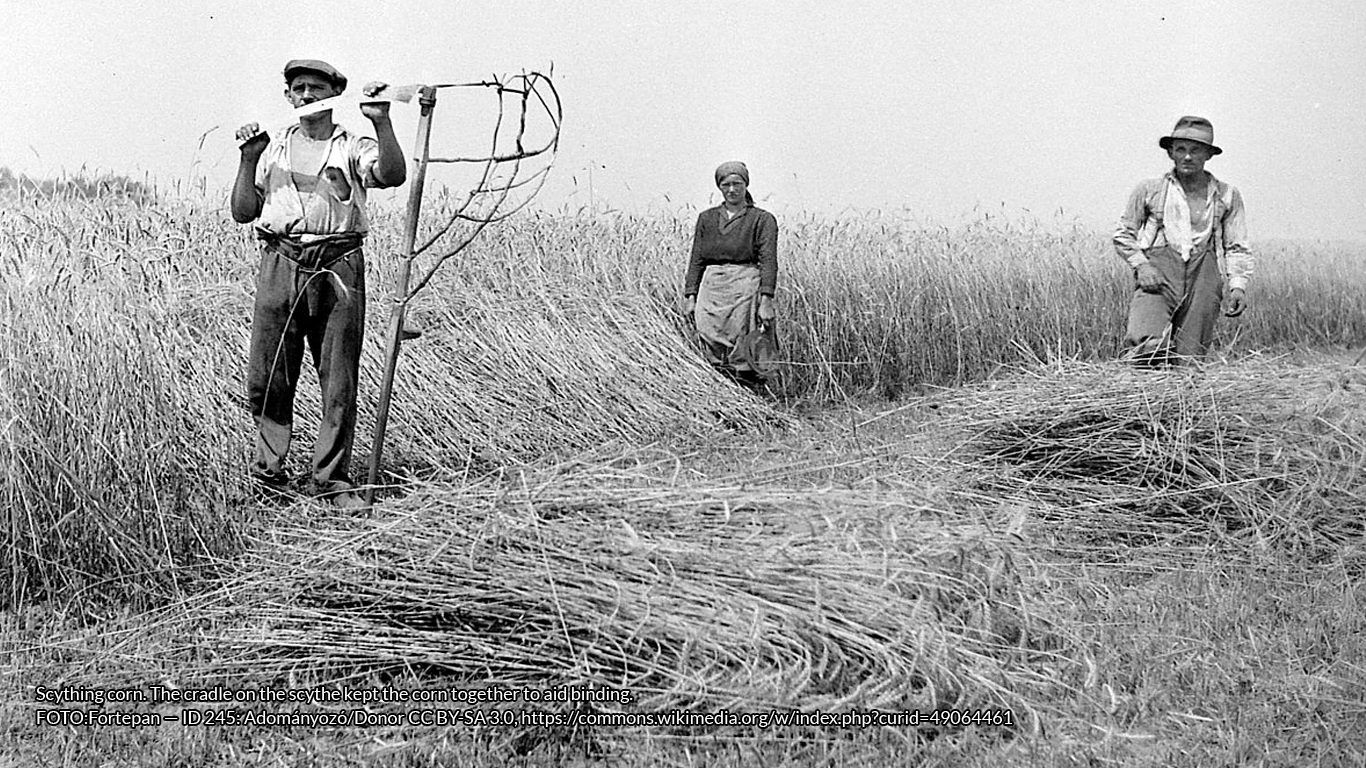Birds of the crow family have long been heralds of doom and devastation. They destroy crops, devour corpses, act as emissaries for soothsayers and gods, and are closely linked to human fortunes.
Crows and rooks have long plagued farmers and gardeners by devouring their freshly planted seeds. ‘One for the pigeon, one for the crow, one to rot and one to grow’, as an old rhyme went. A 16th century English Act decreed that ‘noyfull fowles and vermin’, including crows and rooks, were to have a bounty of twopence per dozen killed. Scarecrows or mawkins were placed in fields to limited effect, and prior to the compulsory education laws of the 19th century, bird-scaring was often a rural child’s first employment.
A Gloucestershire farm labourer born in 1840 recounted how, aged four, he was paid a penny a day to scare the crows from the corn. He would stand in the fields for twelve hours a day through sun, wind or rain, without seeing a soul all day.
Farmers expected to hear the boys constantly shouting and singing and not napping under a hedge. A Warwickshire bird-scaring song ran:
Ye pigeons and crows, away, away!
Why do you steal my master’s tea?
If he should come with his long gun,
You must fly and I must run.
Rooks are unusual among the crow family as being gregarious and sociable. An old saying states that ‘a flock of crows are rooks, and a rook on its own is a crow’. Rookeries containing hundreds of nests are found in wooded areas and sites are reused for years. If a rookery is abandoned, the landowner’s death is imminent. If the nests are built high in the trees, it is a sign of a fine summer, while if they are built low, a wet and windy summer will come.
Fledgling rooks were made into pies as a popular rural delicacy. Rook-shooting Day took place on 12th May, when the young rooks had left their nests and were perched on the branches but were still too young to fly, and so made easy pickings for guns. The ‘four and twenty black birds baked in a pie’ of nursery rhyme fame in fact refers to young rooks.
The jay is the most colourful of the crow family. It features little in folklore but was of special importance to an ancient community in Latvia, whose graves dating from 8000-2000BCE often included articulated jay’s wings, whose feathers are a distinctive blue. The jay spends the autumn caching thousands of acorns for its winter food, and remembers the location of almost every one. This trait may have singled it out as a totem bird for people whose lives depended on foraging.
Jackdaws and magpie are proverbial for collecting shiny objects, and the scientific name of the jackdaw, Corvus monedula, means ‘money corvid’. Early Christian lore stated that corvids were originally white but turned black while mourning the Crucifixion, excepting the magpie which was too busy pilfering so remained partly white.

Crows and other corvids have long been considered an omen of ill-luck or death, and the magpie is still a herald of fortune (‘One for sorrow, Two for mirth…’) This derives from their tendency to scavenge carrion and devour the slain on battlefields. ‘The raven screamed aloft, black and greedy for corpses’, wrote one Anglo-Saxon poet.
Carrion-eating birds have long been considered soul-guides, carrying the dead into the next world. This dates back to ancient prehistory when the dead were excarnated (left for carrion-eating birds to devour). The crow and raven are traditionally considered wise – they are in fact among the most intelligent birds – and this wisdom stemmed from their connections to the otherworld and the divine laws of harmony known to the Anglo-Saxons as wyrd.
The Scandinavian god Odin had two ravens, Huginn and Muninn, meaning ‘thought’ and ‘memory’, who told him every secret seen or whispered in every part of the world. Anglo-Saxon wizards also communicated with ravens and a once-famous Gloucestershire witch owned a jackdaw with prophetic powers. The Welsh hero-king Bran (‘raven’) who inspired many aspects of the later Arthur legends was buried at Tower Hill in London so his spirit would guard Britain, and the Tower of London’s ravens still have almost mythical status in reflecting Britain’s sovereignty.

In more recent times, jackdaws were considered sacred because of their propensity to nest in church steeples. This may be an example of ancient lore adapting to new cultural circumstances.
In some circumstances, crows and ravens could also return souls to this world. A folk tradition states that King Arthur would return as a raven, or its rare cousin the Cornish chough, and into the twentieth century people were warned not to harm a raven ‘because it might be Arthur’. This was the basis of the 1994 folklore-fuelled film The Crow, staring Brandon Lee, whose name incidentally means ‘the crow’, and who was accidently killed on set during the filming.
For thousands of years, birds of the crow family have overseen our lives and our deaths. Today these beliefs are considered little more than folklore and folk horror, but it would seem their original roles have little changed.
Recommended Books
References & Further Reading
The Real Middle Earth: Magic and Mystery in the Dark Ages, Brian Bates, 2002, Sidgwick and Jackson.
Folklore in Shakespeare Land, J. Harvey Bloom, 1930, Mitchell, Hughes and Clarke
The Dark Spirit: Sinister Portraits from Celtic Folklore, Bob Curran, 2001, Cassell & Co.
The Eurasian Jay in Hunter-gatherer Burials in Northern Latvia, Kristiina Mannermaa, 2013, Anthropozoologica
The Folklore of Warwickshire, Roy Palmer, 1976, Batsford
A Square Mile of Old England, Aubrey Seymour, 1972, Roundwood Press
The Lore of the Land, Jennifer Westwood and Jacqueline Simpson, 2005, Penguin






